Their are a range of behaviours that fall under the autism umbrella. I thought it would be a good idea to address some of these issues and behaviours individually so as to give people a better understanding and acceptance of people who suffer from autism, especially children.
In this post I thought I would discuss pica. Until my children started this behaviour I was completely unaware of its existence. I had noticed Master 10 was constantly chewing on things, so I payed closer attention and discovered he was actually eating paper, labels, cardboard etc.
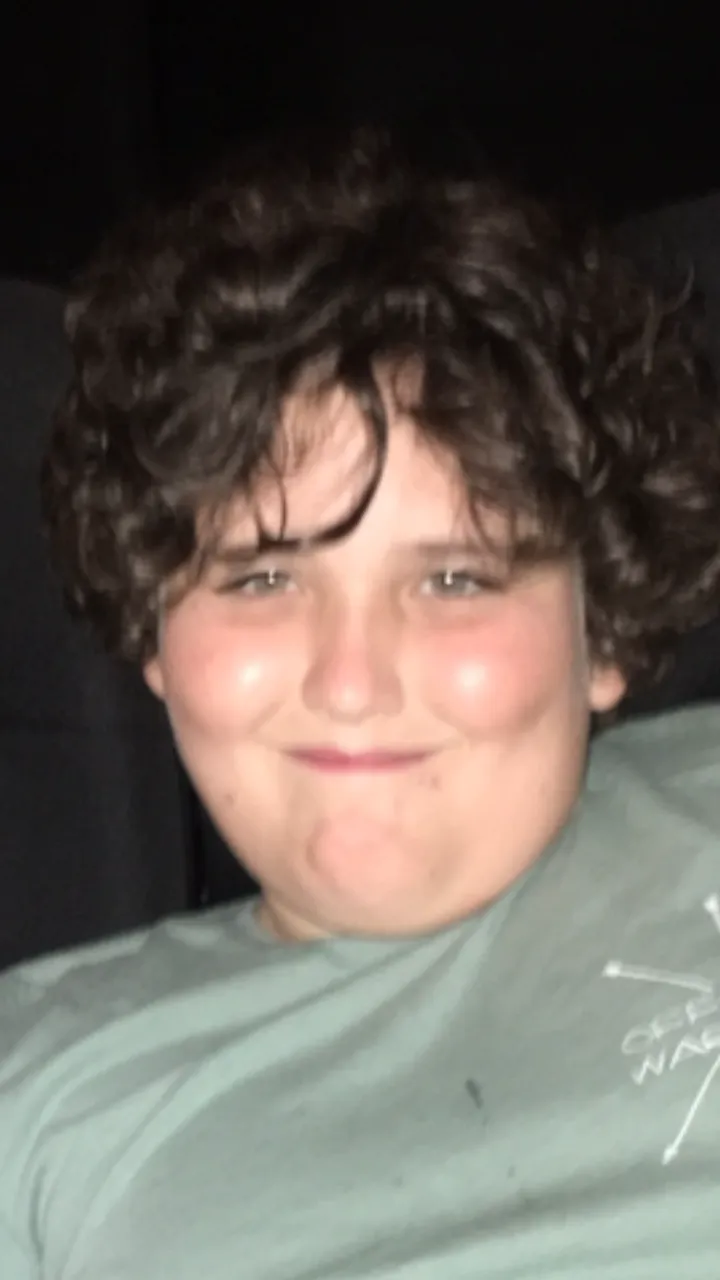
I of course told him to stop and explained the danger of such behaviour, however the problem continued, that is when i approached his doctors and they explained what Pica was and with some further evaluation we discovered why he was doing it.
Pica is the word used to discribe the eating of non food items. It is pronounced PY- lab. These items can vary depending on may things but they usually include
• Paper
• plaster
• paint chips
• dirt/ clay/ pebbles
• chalk
• soap
• cardboard/ labels
• plastic
• sand
• glue
• buttons/ clothes
• hair
Once I had discovered what it was, my next question was why? Why did my child constantly and despite continued warning keep on eating items that clearly were not food. Their are a couple of reasons children with autism suffer from pica. The first is the inability to tell he difference between food and non food items.
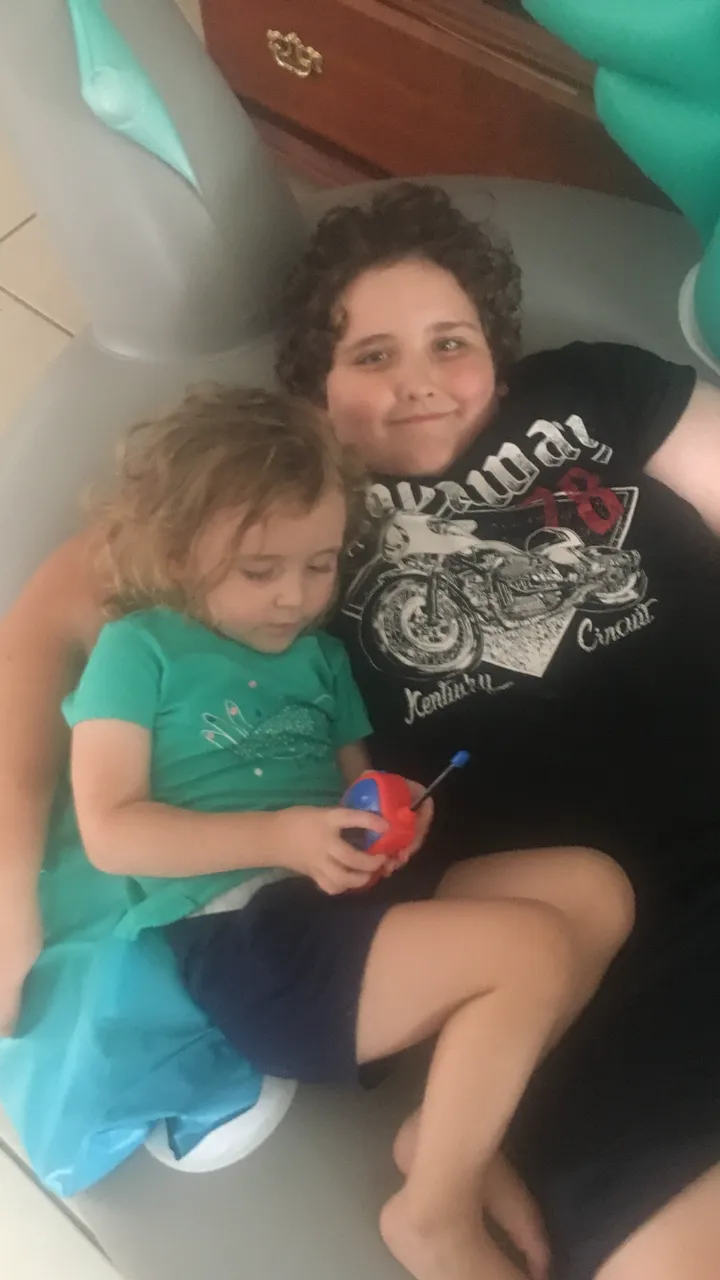
Clearly this did not apply to Master 10, he was well aware that what he was eating was not food and yet he was unable to stop doing it. Unfortunately for some children the ability to distinguish food from non food items is very difficult. This cause sometimes improves with age, but not always.
Next on the list was iron or zinc deficiency. The lack of these minerals in their diet causes them to seeek them out elsewhere, such as dirt or paint chips etc. We did a blood test to rule these out however our doctors were almost certain that his pica was caused by something very common in autistic children and so obvious that I should have guessed straight away.
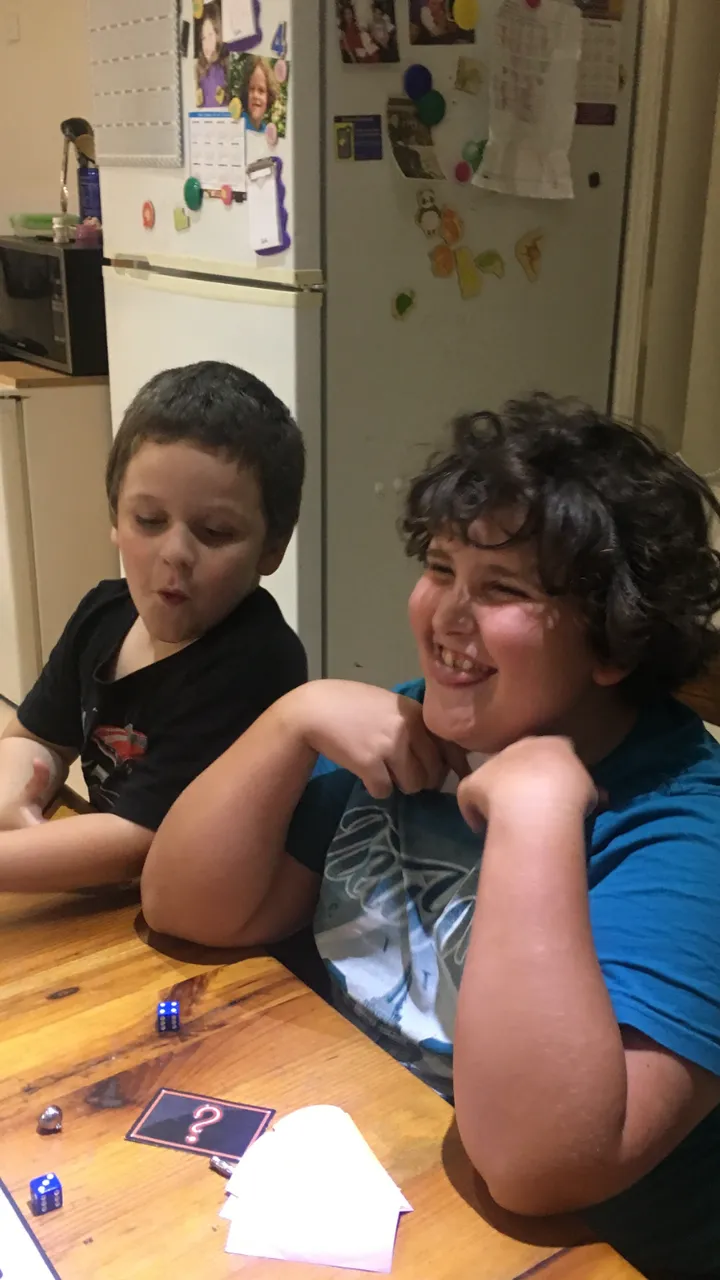
He was simply sensory seeking. As I have mentioned in many past posts, children with autism often sensory seek and they do so in many different ways. This is just another one I can add to my list. It also explains why he continued to repeat the behaviour despite warnings. He simply can not help himself.
The sensation of chewing paper for some reason has a calming effect for him. So the question then became how do I stop him. Pica can have some very serious health issues associated with it. Depending on what they are eating these can range from constipation/diarrhoea, lead poisoning, tooth and mouth injuries from eating sharp or hard objects and could possibly lead to infection and disease if they are eating dirt and feces.
I’m extreme cases of left untreated it can lead to death. Pica is absolutely not something to be dismissed or ignored. If you think your child may be suffering from Pica you should consult your doctor immediately, if you think they may have ingested something poisonous call emergency services immediately.
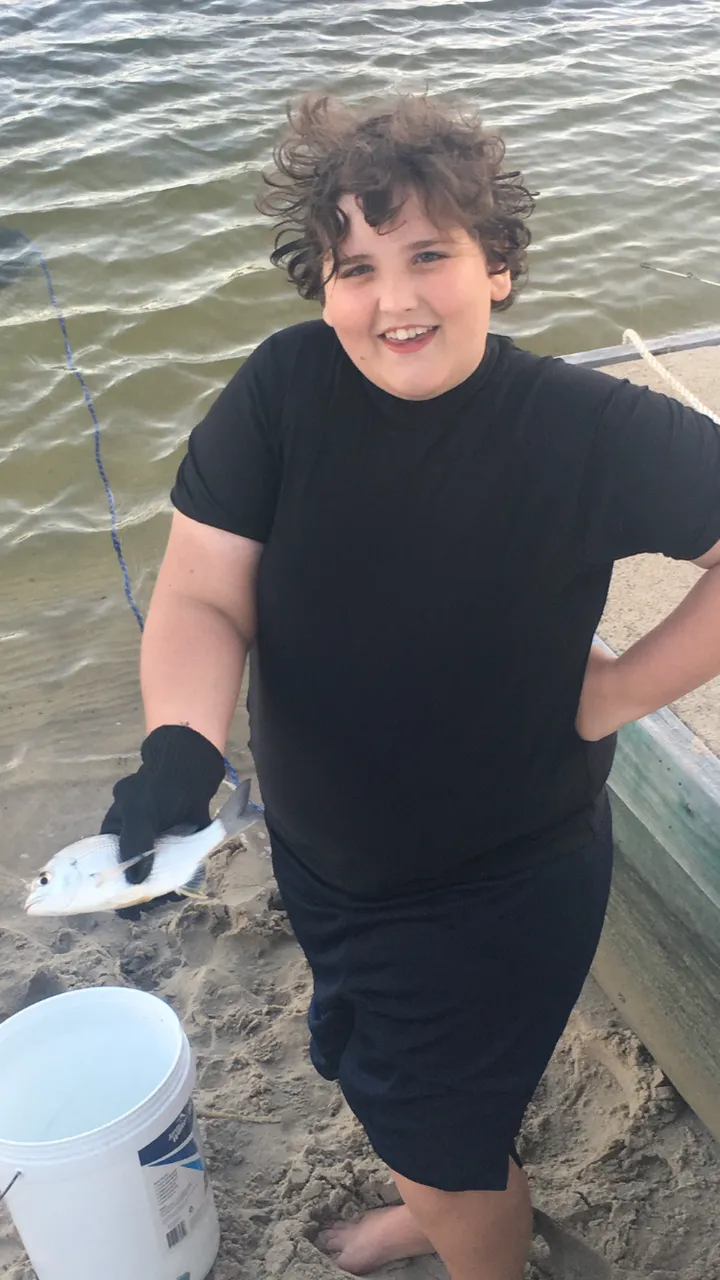
As it is a case of sensory seeking for Master 10 there is no easy way to stop his pica. It is a case of trying to figure out why he is craving that particular sensory feedback and what we have to do to manage the situation. This has meant closer supervision, at all times, he can be rather sneaky now that he knows we know.
We have also implemented diversion therapy to help combat his pica. Keeping him as busy as possible. If we see him eating paper we immediately remove it and get him working on an activity or game, anything to break the connection. Obviously punishment is not an option here, he is unable to stop and sometimes unaware of what he is doing until he is interrupted.
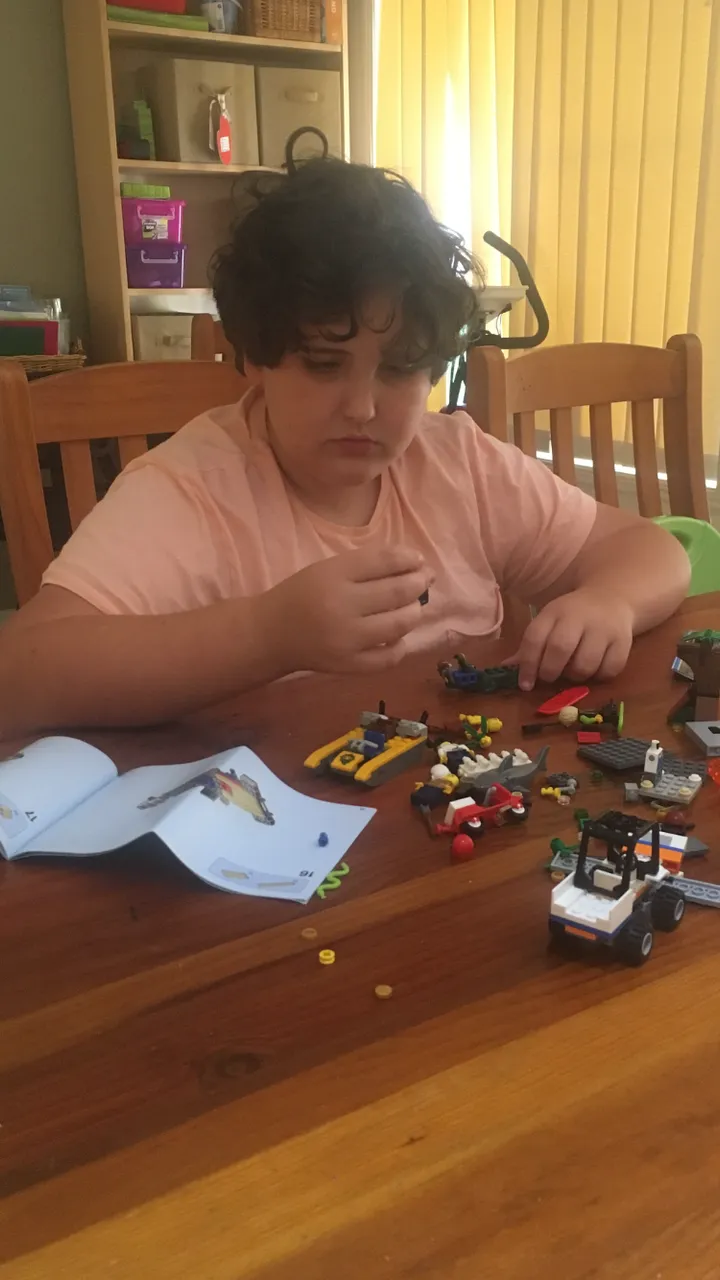
Lego (our go to diversion)
We have also notified his teachers and special education staff so that they can also assist in limiting the behaviour when he is outside of my care and report all incidents of pica related behaviour back to me so I can continue to try and pinpoint his need for this behaviour.
Pica does not just occur in children with autism, it can also affect people with other intellectual disabilities, people with epilepsy and sometimes pregnant women (usually from a lack of iron or zinc in their diets).
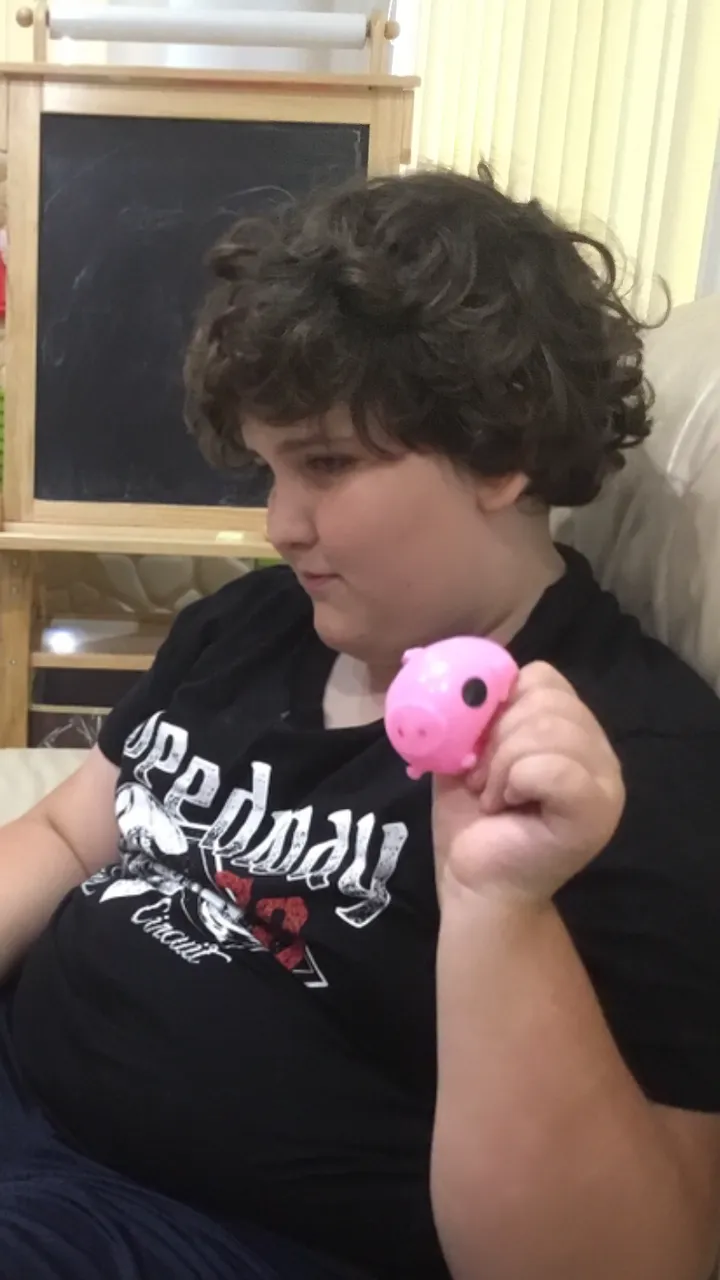
It can improve with age in some cases, however in children with autism it can also be a life long problem. Getting them to realise what they are doing and why is key in managing pica. It is also important to keep it in mind if they ever become unwell as it may be the underlying cause.
For us the only way to manage his pica is supervision. For others it may include keeping soaps and poisonous items well out of reach or locked away. Be cautious and check your children’s clothes for missing buttons or holes where they may have eaten through their clothing. Master 7 constantly chews the collar on his shirts, lucky for us he doesn’t actually eat the cloth.
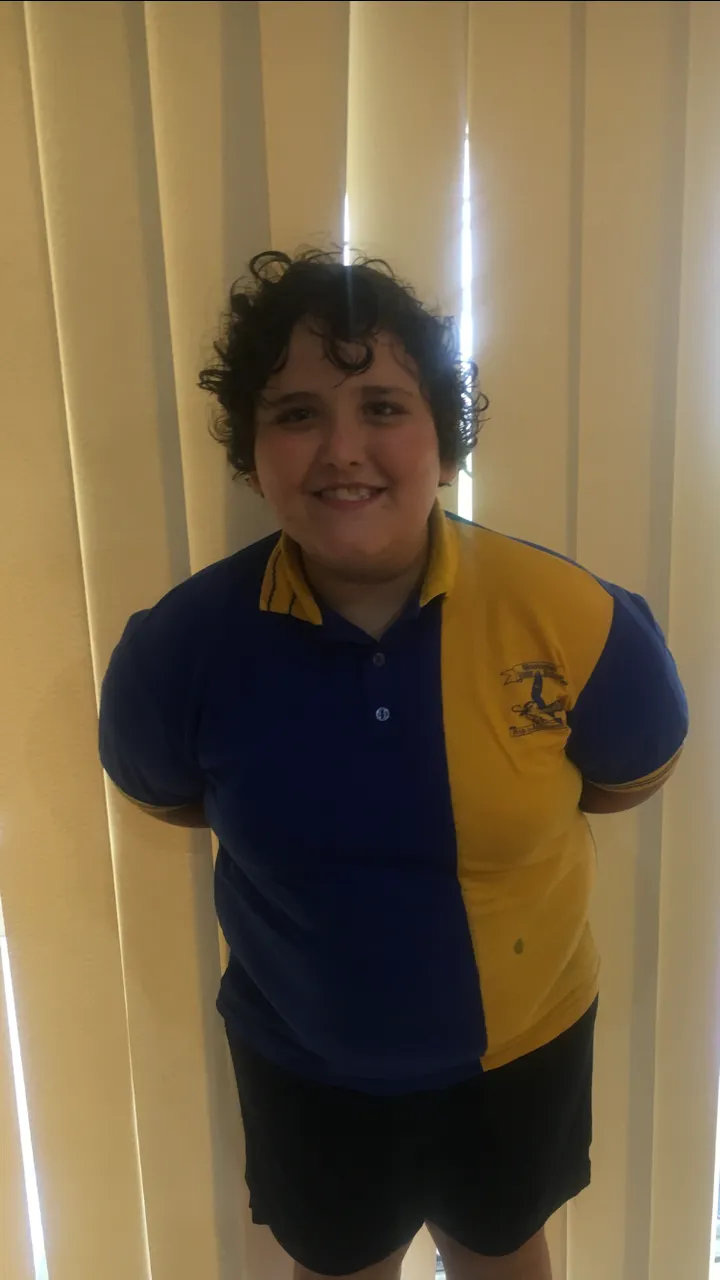
As with any behaviour, management is the key to success. You may be unable to stop them from repeating it but through diversions and vigilance you can stop it from becoming a serious health issue.
As always, thanks for reading and please feel free to share any advice or ask any questions!